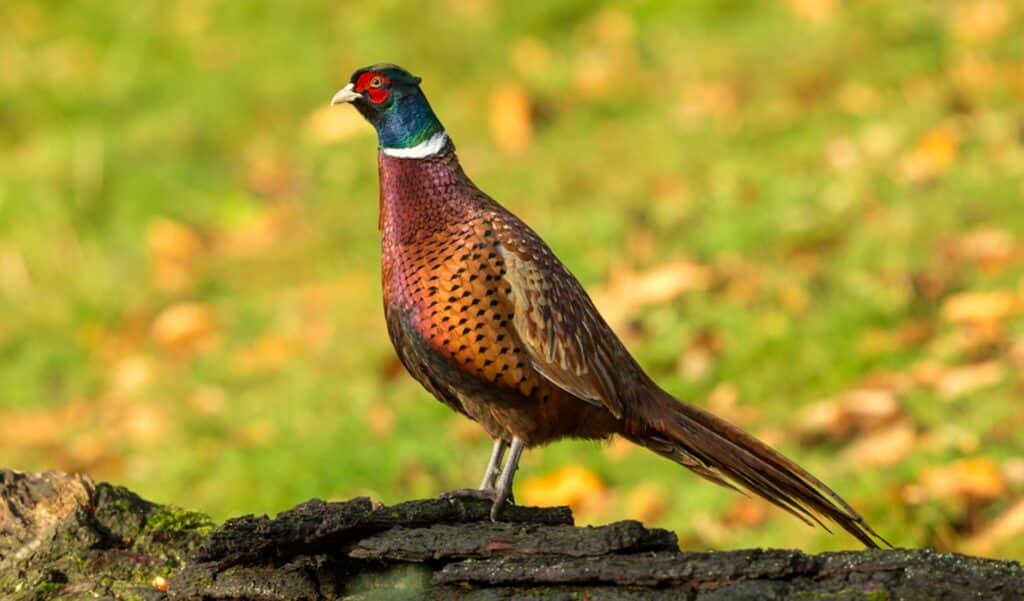Across the world introduced ‘non-natives’ have upset ecoystems and caused huge problems and there are usually very strict controls in place to prevent their spread.
Common Pheasants don’t occur naturally here in the UK. They are actually native to Eurasia, but (through no fault of their own of course) are imported and released into the countryside in vast numbers to be shot. The shooting industry’s own figures state that more than 40 MILLION are released every year.

Very few studies have been done on the impacts of releasing millions of large, hungry birds – and relatively speaking these are large birds – into the environment every year, but in October 2020 the government added both the Common Pheasant and non-native Red-legged Partridge to Schedule 9 of the Wildlife and Countryside Act, which contains species which cause ecological, environmental or socio-economic harm.
The government has pledged to halt biodiversity decline in the UK by 2030, yet despite recognising the ecological harm it causes still allows the shooting industry to release millions of non-native birds in to the environment every year.
Protect the Wild uses the term ‘non-native’ not because we don’t like pheasants or want to single them out in any way, but to highlight the special treatment given to the shooting industry and the ridiculous influence it has on our countryside and its wildlife.
Protect the Wild uses cookies to store and/or access device information. We don't mind whether you Accept or Deny but consenting will allow us to process data such as browsing behaviour or unique IDs on this site. Thanks.